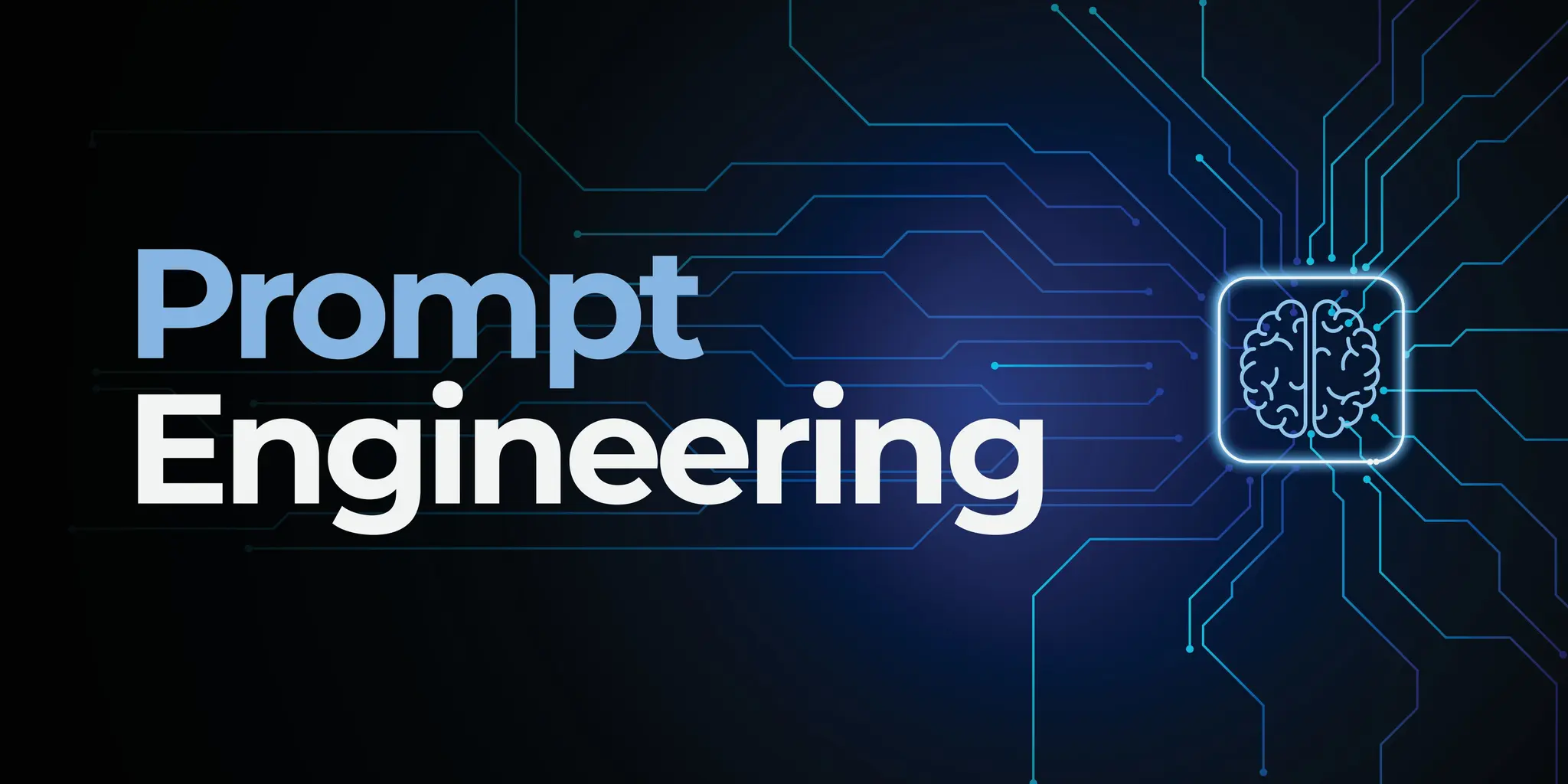What Is Prompt Engineering?

Prompt engineering is the art of crafting precise, goal-driven instructions that help AI tools like ChatGPT, Claude, and Gemini deliver accurate, useful, and human-aligned results. Learn what it is, why it matters, and how to use it effectively.
What Is Prompt Engineering?
Prompt engineering is the process of designing and refining prompts — the inputs or instructions you give to an AI model — to get the most accurate, relevant, and high-quality outputs possible.
In simple terms, it’s about learning how to talk to AI effectively. Whether you’re using ChatGPT, Claude, or Gemini, the way you ask determines the quality of what you get.
Why Prompt Engineering Matters
AI models don’t “think” like humans — they respond based on patterns learned from massive datasets. If your prompt is vague or incomplete, the model will often produce generic or irrelevant results.
By writing clear, specific, and well-structured prompts, you can:
Save time by getting better answers faster
Control tone, structure, and style of AI outputs
Improve creativity and reduce guesswork
Achieve consistent, professional-quality responses
Prompt engineering transforms AI from a random responder into a strategic assistant that understands your goals.
How Prompt Engineering Works
When you interact with an AI, your prompt acts as the instruction manual. The model interprets your words to predict the next most likely response.
Prompt engineering is about shaping those instructions to align with your desired intent, context, and outcome.
Example Comparison:
Weak Prompt: “Explain AI.”
Strong Prompt: “Explain artificial intelligence in simple terms for a beginner. Use short paragraphs, avoid jargon, and give one real-world example.”
The second prompt provides the AI with clarity and purpose, leading to a more tailored and human-friendly answer.
Core Elements of a Good Prompt
A well-engineered prompt typically includes three layers:
1. Purpose (The “Why”)
Define the goal or reason behind the request. Example: “The goal is to help new marketers understand how AI tools improve workflow efficiency.”
2. Audience (The “Who”)
Specify who will read or use the output. Example: “The audience is small business owners who are not technical.”
3. Format and Style (The “What” and “How”)
Indicate the structure, tone, and format you expect. Example: “Write a 500-word article with an introduction, bullet points, and a conclusion. Keep the tone friendly and professional.”
When these three elements are clear, the AI produces results that are more accurate, readable, and aligned with your intent.
Types of Prompt Engineering Techniques
Here are some of the most common techniques used by professionals and creators:
Zero-shot prompting: Giving a task without examples (e.g., “Summarize this paragraph.”)
Few-shot prompting: Providing examples to guide the AI (e.g., “Here are two summaries. Write one in the same style.”)
Chain-of-thought prompting: Asking the model to reason step by step (e.g., “Explain your reasoning before giving the final answer.”)
Role-based prompting: Assigning a persona to the model (e.g., “You are an expert copywriter. Write a persuasive ad.”)
Each technique adds structure and direction, improving the clarity and reliability of responses.
Real-World Uses of Prompt Engineering
Prompt engineering is used across industries and professions:
Content creators: Writing blogs, ad copy, and YouTube scripts
Developers: Generating code, debugging, and writing documentation
Marketers: Creating email campaigns and social media captions
Students: Summarizing research or improving essays
Businesses: Automating reports, customer support, and analysis
Whether you’re building products or writing content, prompt engineering helps you get more done with AI — faster and smarter.
How to Get Better at Prompt Engineering
Becoming skilled at prompt engineering doesn’t require technical expertise. It’s a creative skill that improves with experimentation.
Tips to improve:
Always define your intent clearly
Give the model a role or point of view
Include examples of desired style or structure
Refine and iterate based on results
Use AI tools like Prompt Enhancer to automatically optimize your prompts
Practice is key — the more you test, the better your results will get.
Final Thoughts
Prompt engineering is not just about asking questions — it’s about communicating intent. It bridges the gap between human goals and AI understanding, turning raw potential into real productivity.
As AI continues to grow, mastering prompt engineering will become one of the most valuable skills for creators, developers, and professionals alike.
Start by improving your prompts today — and you’ll immediately see the difference in the quality, creativity, and accuracy of your AI results.